Here in the UK, 70% of our water supply comes from surface water, which means that the water we use in our daily lives takes directly from freshwater sources in nature. WWF is working with dishwashing brand Finish to replenish 500 million litres of freshwater in the UK, raise awareness of the importance of freshwater for nature to thrive and encourage people to take small everyday actions to reduce their water use.
Governments and water companies can make the biggest difference to the way that our freshwater is used, but reducing your household water footprint is a great way to make an impact as an individual. Take a look at our top ten tips to save water and start making a difference.
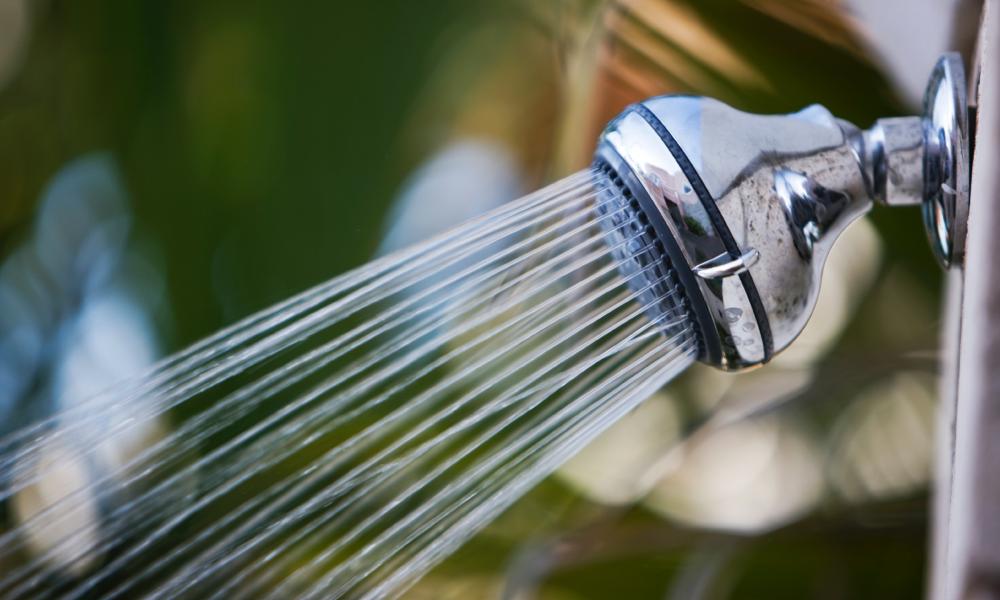
1. Switch to showers
1. Switch to showers
Switching from baths to showers is an easy way to save water. If you’re already a shower person, then try keeping your shower to 4 minutes or less. Lots of water companies will send you a shower timer for free – check with your provider to find out.
2. Keep the sprinklers off
If you have a garden then remember to keep the sprinklers off! There’s lots of ways to water your garden without them – invest in a water butt that collects water throughout the year for you to use, or try using cooking water (not salted) instead. Your plants will benefit from the extra nutrients!
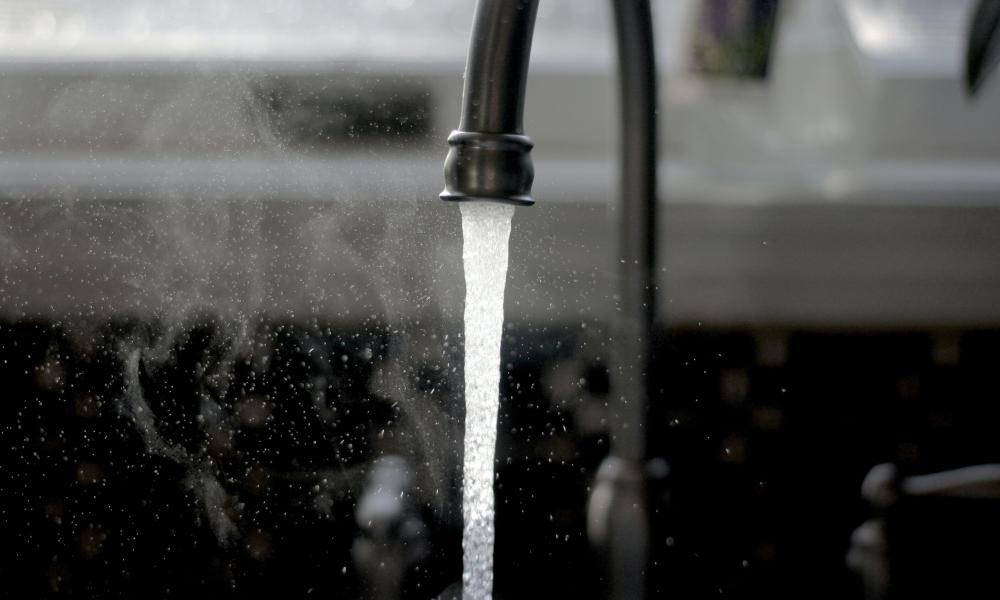
3. Turn off the tap
3. Turn off the tap
Running taps waste as much as 6 litres of water a minute. So remember to turn off the tap when you're brushing your teeth, or try filling a bowl of water when rinsing vegetables or fruit to keep your veg clean and your water usage low!
4. Fill up the washing up bowl
Another way of minimising running taps is to make sure that you’re filling a bowl when doing the washing up. Filling a bowl with water – and cleaning the cleanest items first – means you’re unlikely to need to change the water and will save a huge amount of water in comparison to washing everything under the tap.
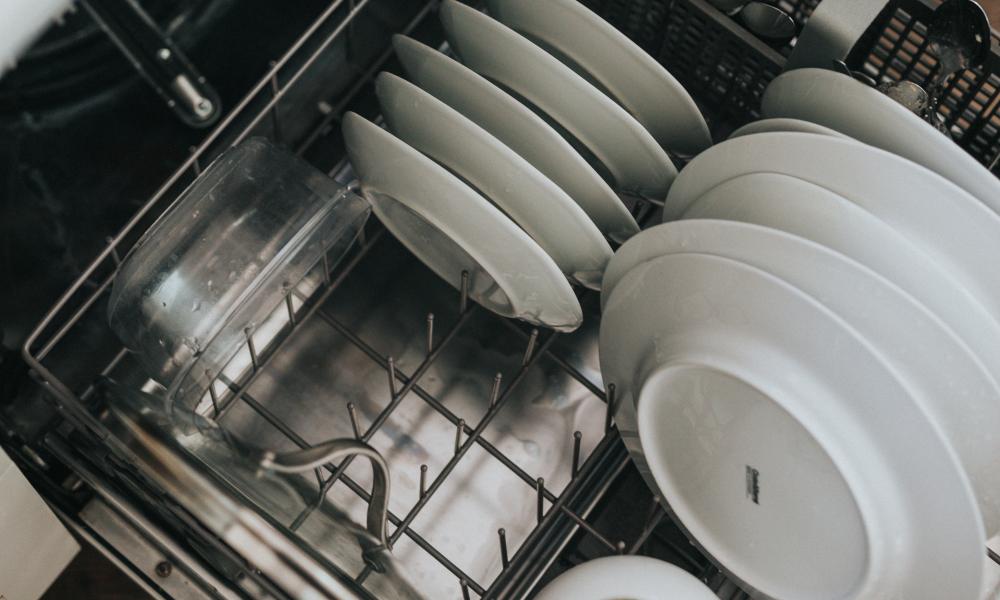
5. Make sure your dishwasher is full!
5. Make sure your dishwasher is full!
Switching from handwashing to dishwashing saves 6000 litres a year – and not pre-rinsing your dishes before they go in saves another 1000 litres every year. Take a look at our dishwasher challenge to find out more.
6. Use leftover cooking water
or water from rinsing your veg – to water your plants or use on the garden.
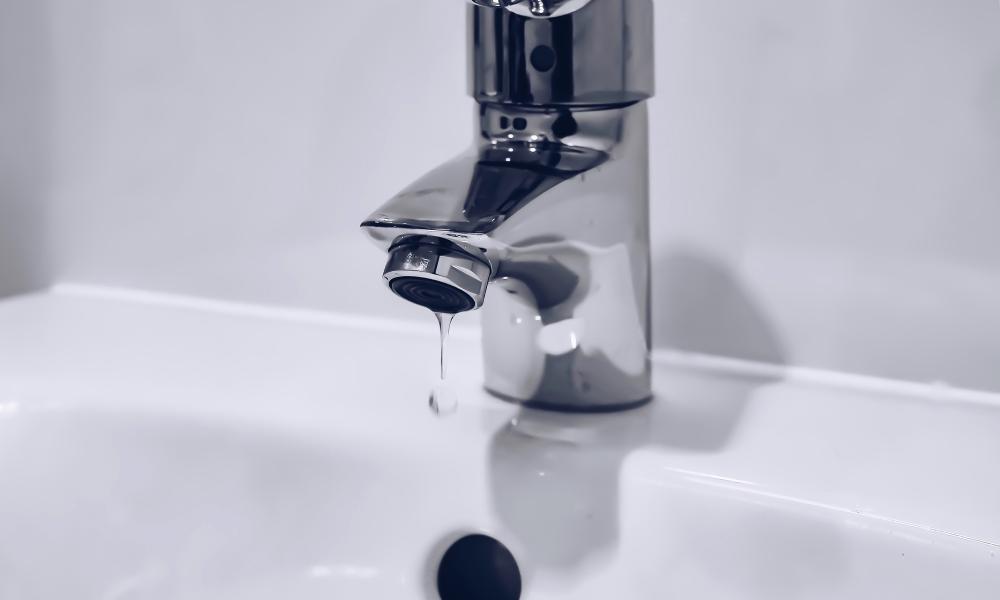
7. Fixing leaks is an easy way to reduce your water footprint
7. Fixing leaks is an easy way to reduce your water footprint
Check your taps for any leaks under the sink, or for any drips when the tap is fully off. Lots of water companies also give away free ‘leak strips’ which stick to the toilet bowl and change colour if your toilet is leaking water. Fixing a leaky loo is surprisingly easy and there are lots of how-to videos online.
8. Fit low flow aerators on your taps and showers
These cheap adaptors to your taps aerate your water supply, which means that you get the same water pressure but use much less water! Some water companies give these away for free, so it's worth checking with your water provider!

9. Fill up a jug of cold water
9. Fill up a jug of cold water
Running the tap for cold water is a small everyday action that is really easy to change. Try making a habit of filling up a jug of water and putting it in the fridge every day so that you always have a supply of cold water without running the tap.
10. Fill up the Kettle only as much as you need
As a nation of tea drinkers, the kettle is always on. Filling up the kettle only as much as you need saves both water and energy, and most kettles have indicators letting you know how much water you need for each cup.
Want to find out more about how you can take action for our world?
Download WWF’s My Footprint app to find out your carbon footprint and get bespoke challenges to help you reduce your impact on our planet.
 Working with Finish to replenish freshwater in the UK
Working with Finish to replenish freshwater in the UK
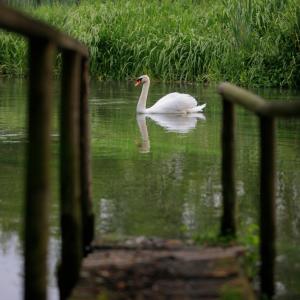 UK rivers and chalk streams
UK rivers and chalk streams
 Fascinating facts about animals
Fascinating facts about animals
 How we're managing water better
How we're managing water better